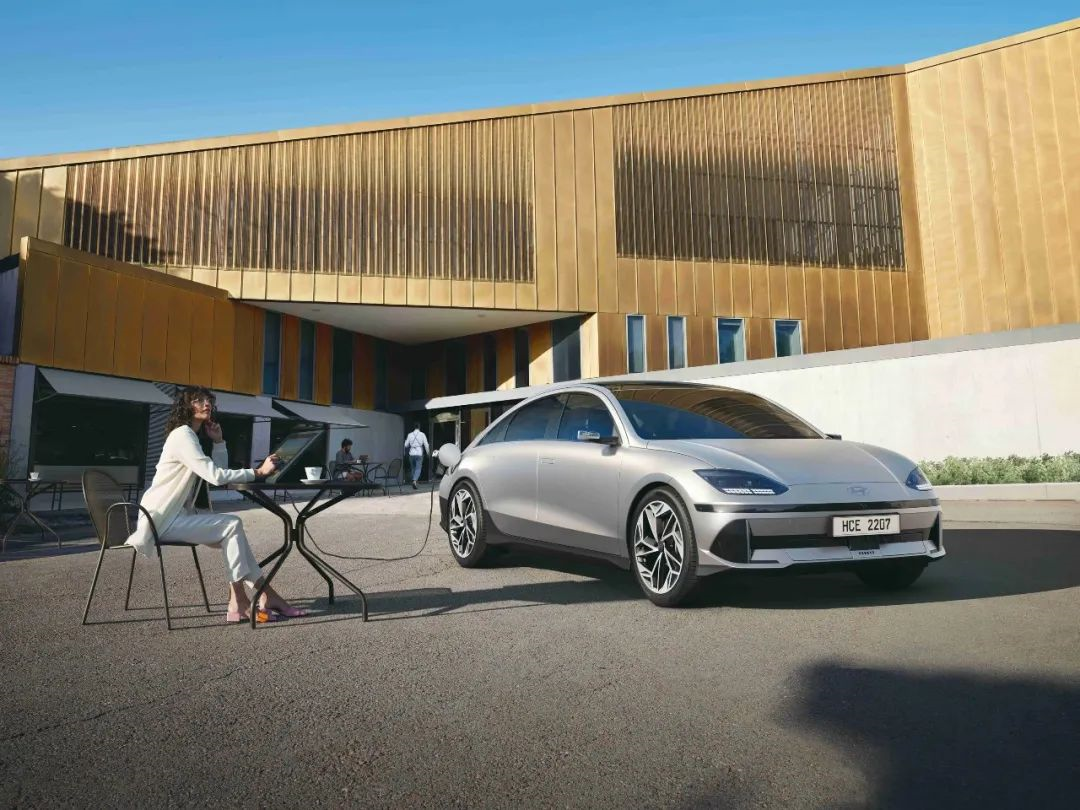Author: Wang Xuan
Electrification and intelligence complement each other. If intelligence has brought about changes in the travel experience and methods of cars, then electrification’s improvement of the interior space opens up more possibilities for travel scenes.
The modern IONIQ 6 is one of the few products in the past half year that can be discussed in terms of design and space coordination. Indeed, electrification has led to longer wheelbases for cars, but after multiple practical experiences, we found that a longer wheelbase does not necessarily mean higher space utilization rates. The balance between design and space is gradually emerging.

What is behind this strange volume?
The design inspiration for the new IONIQ 6 comes from the Hyundai electric concept car “Prophecy” which was first unveiled in March 2020. At that time, the electric concept car Prophecy displayed Hyundai’s design philosophy to the public with its simple and pure external design and flexible and spacious cabin. A very special feature is that the flowing body lines of the Prophecy from front to rear create a highly recognizable proportion, with an extended wheelbase and a short front overhang typical of electric vehicle platforms.
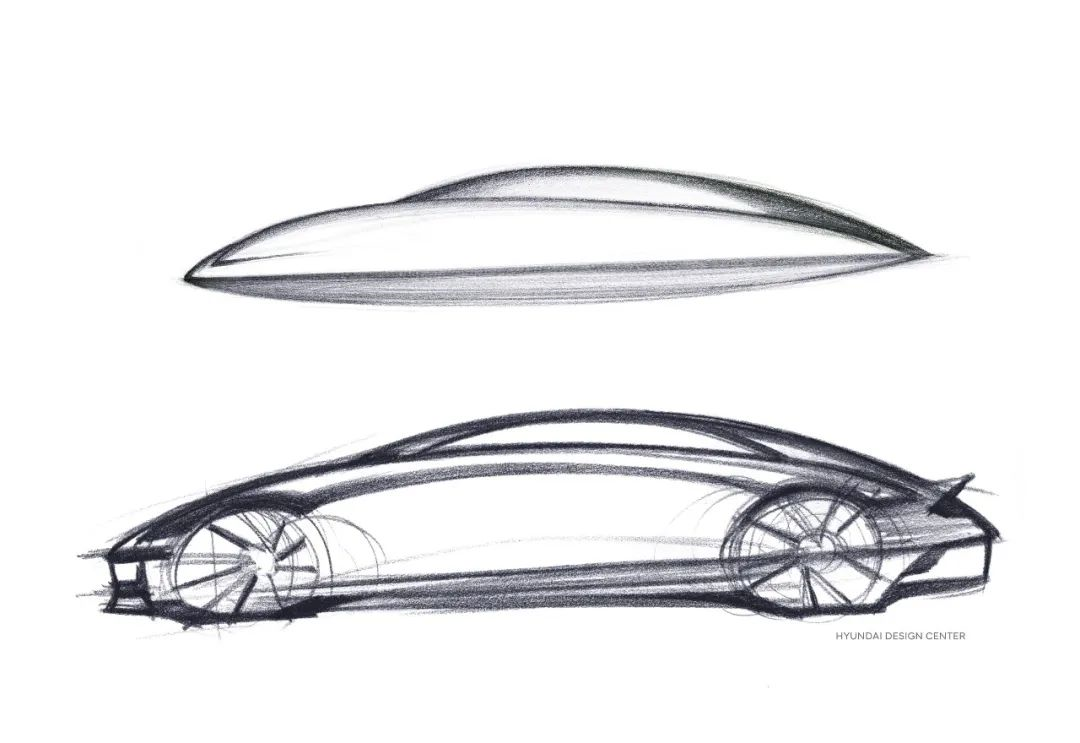
The design of the roof line of the IONIQ 6 continues the design of the Prophecy’s roof line. For some previous hatchback-shaped electric sedans, the continuous roof line is also a standard feature, but they differ from the IONIQ 6.
By looking at the front and side photos of the IONIQ 6, you will find that its roof line is a curve with a variable curvature, and the top points of the A-pillar and C-pillar are almost at the same level, with a convex trend in the middle to ensure the headroom of the entire cabin. This design is not common among currently available models where most products have the highest point of the roof line at the top of the A-pillar, with a downward trend behind it. Therefore, many users complain that the headroom in the back seat of some vehicles is too cramped.
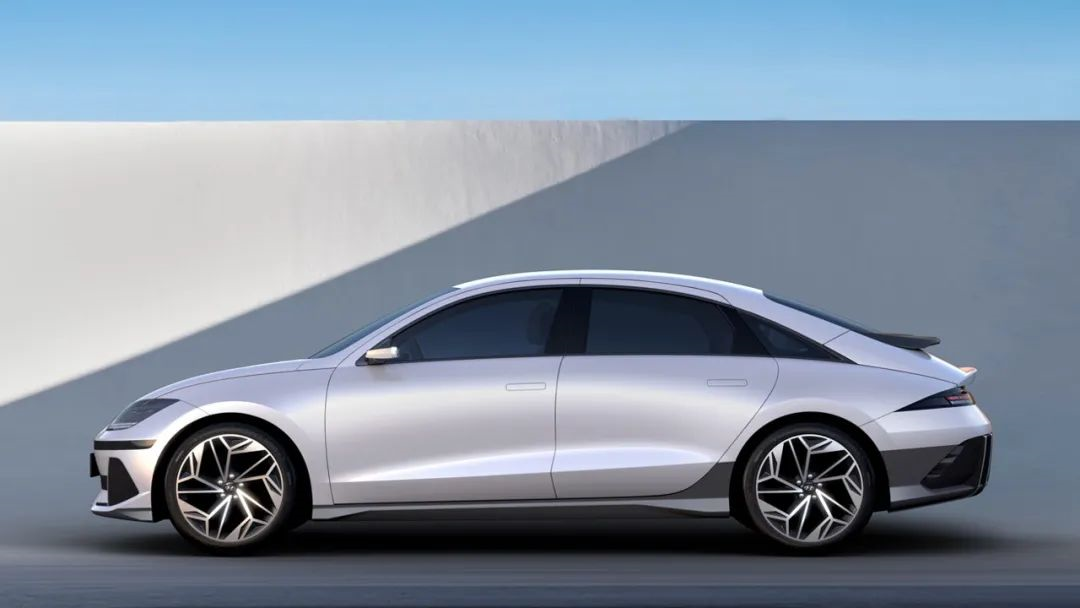
Perhaps when you first see the IONIQ 6, you will find that its volume is somewhat strange. It is trying to highlight the space of the cabin but is not as extreme as the Mercedes EQS, and the inclination of the A-pillar is similar to that of traditional fuel vehicles to emphasize the continuity of the entire car shape. Of course, this is also an engineering consideration.IONIQ 6 is built on the modern concept of “Electrified Streamliner” for car electrification. It not only considers the emotional appearance design but also greatly improves the aerodynamics and space utilization inside the car.
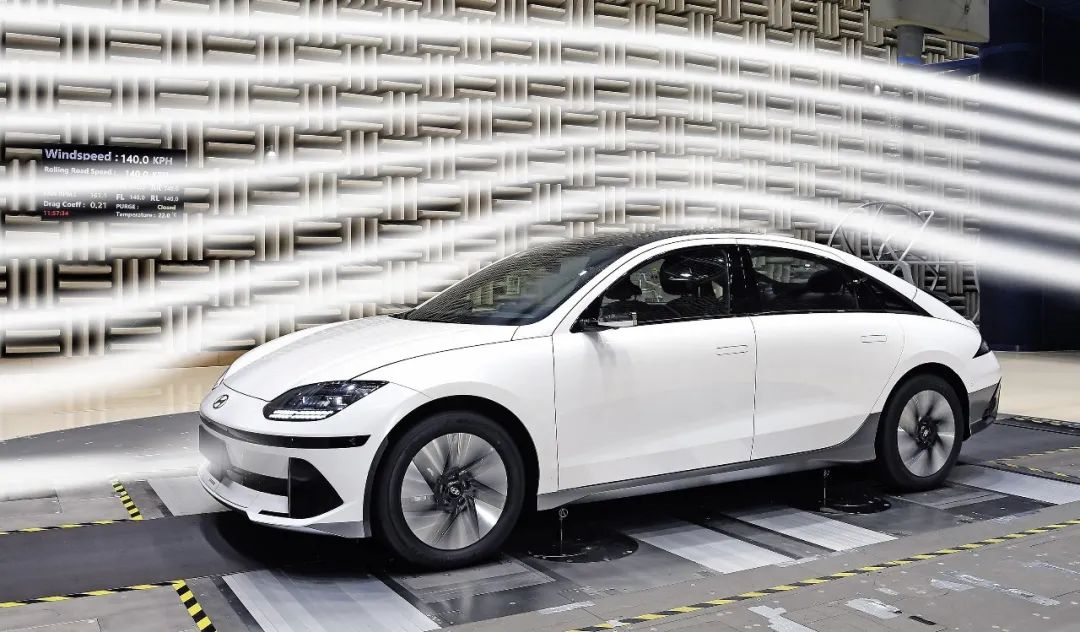
“Streamliner” is a streamlined design that minimizes wind resistance, with IONIQ 6 having an ultra-low wind resistance coefficient of 0.21cd. As the second IONIQ model following IONIQ5, which was built on the E-GMP platform, a dedicated electric vehicle platform of the Hyundai Motor Group, IONIQ 6 is based on a long wheelbase which ensures not only a beautiful appearance but also an ample interior space.
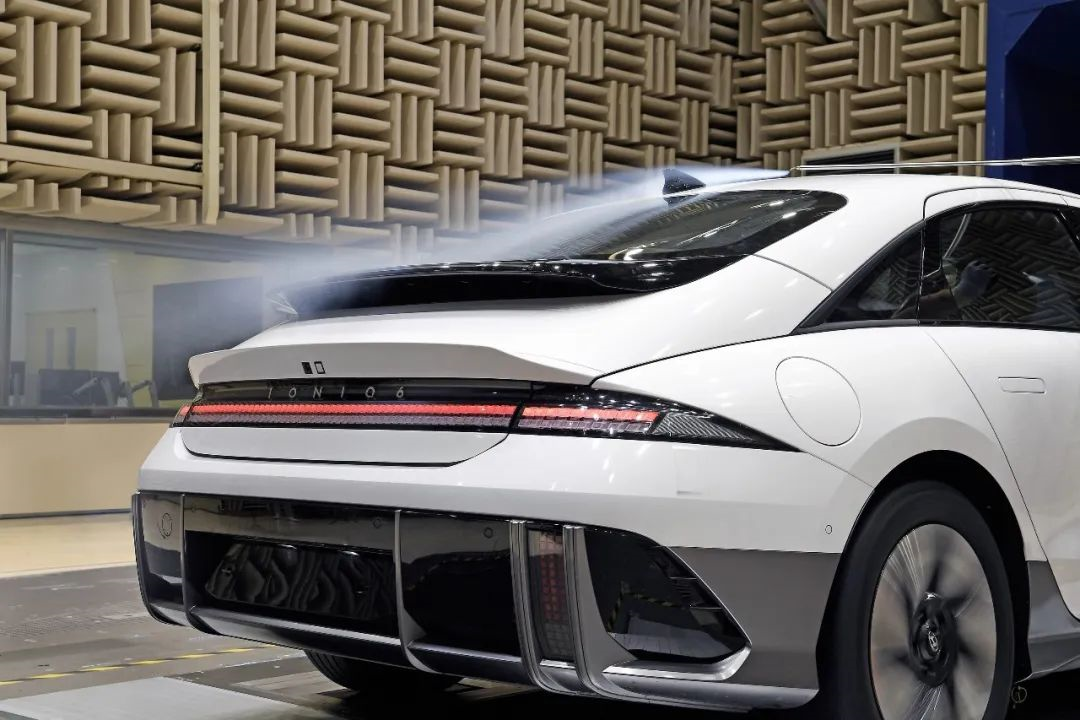
SangYup Lee, Senior Vice President and Head of Global Design Center for Hyundai Motor Co., said, “The unique streamlined design is the result of close cooperation between engineers and designers with customer-centric thinking. We have made IONIQ 6 into a thoughtful cocooning space that can provide personalized use for everyone.”
What is cocooning space?
Drivers can create their exclusive atmosphere by selecting from 64 dual-color ambient lighting options and 6 predefined themes. At the same time, the interior lighting brightness can be changed according to the vehicle’s speed. In addition, all seats are designed by Hyundai for pure electric vehicles, which are about 30% thinner than traditional car seats, providing users with more spacious seating. The vehicle is also equipped with 4 Type-C and 1 USB interfaces for greater convenience.
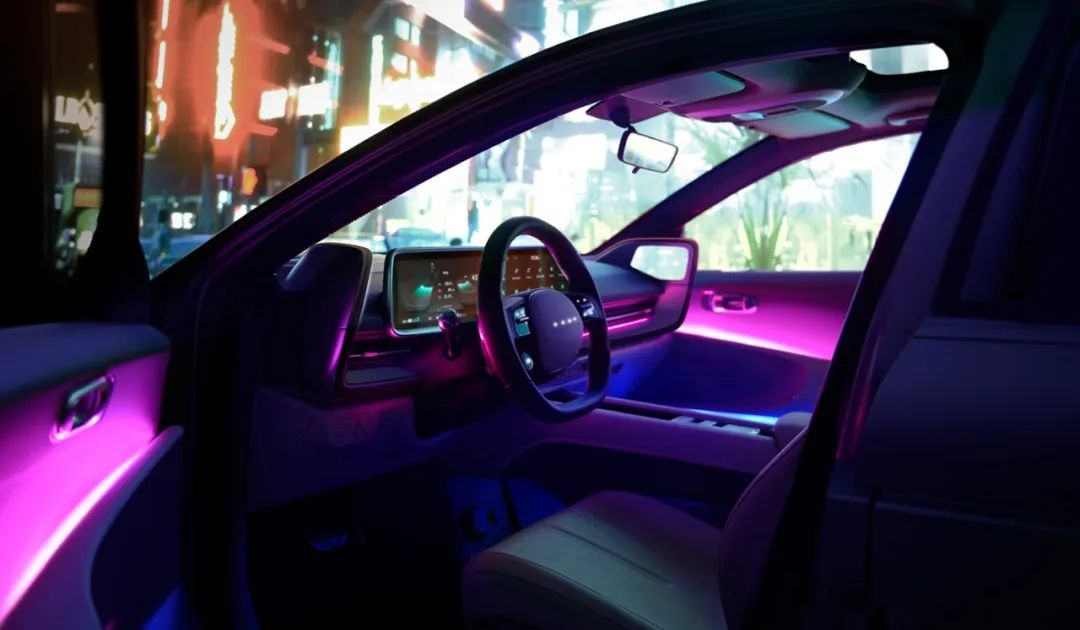
In addition, IONIQ 6 is equipped with an electric vehicle performance adjustment function, which allows drivers to freely adjust the steering force, motor power, throttle pedal sensitivity, and transmission system. Drivers can create various combinations to meet their driving needs with just a few clicks. The car also features electric vehicle active sound design (e-ASD) technology, which adds a space-like sound in the car, with volume changing according to the vehicle’s driving status.
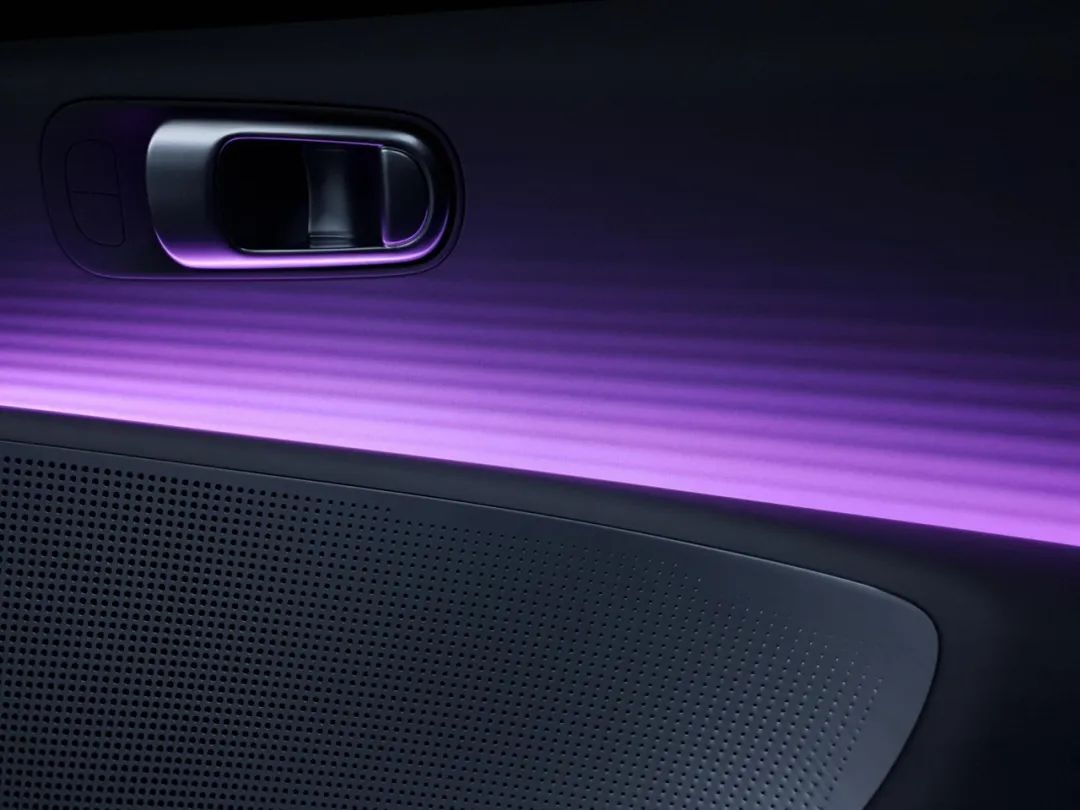 # IONIQ 6 Modular Dashboard
# IONIQ 6 Modular Dashboard
The IONIQ 6’s modular dashboard features a 12-inch fully touchscreen AVNT infotainment system and a 12-inch digital instrument cluster that can be customized based on user preferences. The entertainment system also provides real-time travel radius maps based on the current charging status, and the car’s connectivity feature helps to search and plan the best routes, including charging stations.

The 12-inch fully touchscreen AVNT infotainment system in IONIQ 6 supports both Apple CarPlay and Android Auto connectivity. The Bluetooth system can connect to two phones simultaneously, one for making calls and the other for playing music. IONIQ 6 also comes equipped with an 8-speaker BOSE sound system, including a subwoofer. Additionally, IONIQ 6 supports Bluelink entertainment functions and map updates.
Electrified Capabilities
IONIQ 6 has an ultra-long wheelbase of 2950mm and can be equipped with 20-inch or 18-inch wheels, with body dimensions of 4855mm in length, 1880mm in width, and 1495mm in height. IONIQ 6’s size advantage comes from Hyundai Motor Group’s dedicated electric vehicle platform, E-GMP.
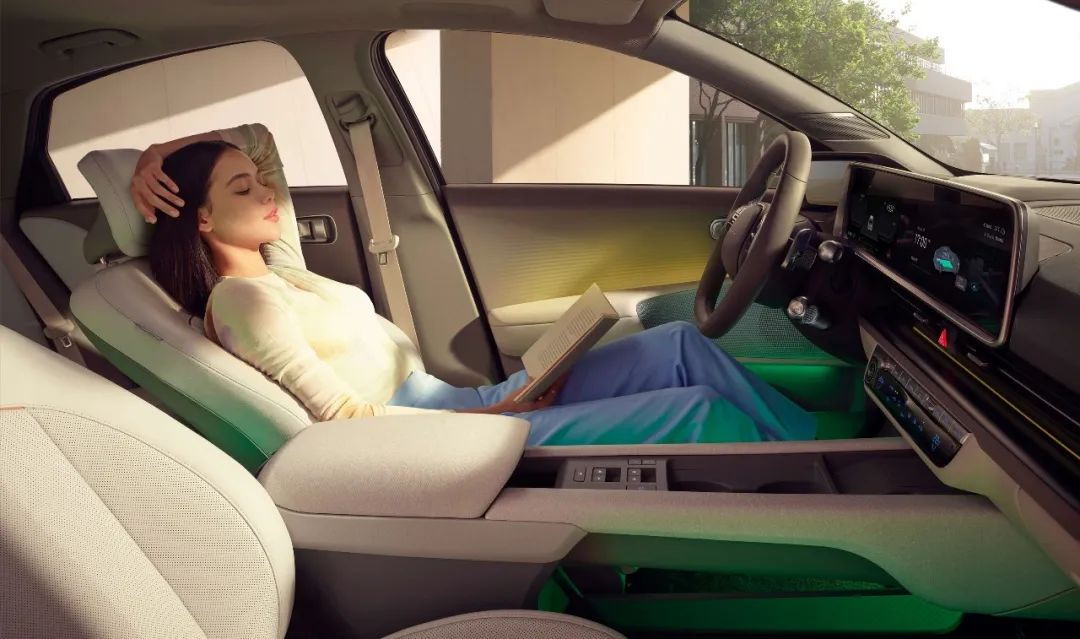
This also enables IONIQ 6 to have 400V/800V ultra-fast charging capabilities, and under the WLTP standard, it can achieve a maximum single-charge range of over 610km.
IONIQ 6 offers a variety of powertrain options to meet diverse user needs. The long-range 77.4kWh battery pack can be paired with two types of drivetrain layouts: two-wheel-drive and all-wheel-drive versions. The top-performing version comes with front and rear dual motors, providing all-wheel drive, a maximum output of 239kW, maximum torque of 605Nm, and acceleration of 0 to 100km/h in just 5.1 seconds. Under the WLTP standard, the IONIQ 6 two-wheel-drive version equipped with 18-inch wheels and a 53kWh standard battery pack can achieve an energy consumption rate of less than 14.0kWh/100km.When charging with a 350kW charging pile, the IONIQ 6 takes 14 minutes to charge from 30% to 80% capacity. Like its predecessor, the IONIQ 5, the IONIQ 6 features a vehicle-to-load functionality (V2L) that is very useful for outdoor and camping scenarios. In addition to the external power interface, another power interface is located beneath the rear seats in the car, which can be used to charge laptops, phones, and other devices.
Unlike traditional fuel-powered cars, electric vehicle users value pure electric platforms. There are four factors that users are most acutely aware of when it comes to platforms: 1. range capacity, 2. regenerative efficiency, 3. space, and 4. powertrain form.
For models developed on top of a pure electric platform, the tolerance level for battery pack layout must be higher than for gasoline-electric hybrid models. Currently, the range capacity of most pure electric platforms on the market is at or above 600 kilometers, while the average capacity for gasoline-electric hybrids is around 400-500 kilometers, such as some of BBA’s products. Range anxiety is the most concerning point for users and it is also the reason why platforms’ ability to deliver electric power receives special attention.
The second point is regenerative efficiency. High-voltage platforms have been the hottest research area for automakers in the past two years. The corresponding experience upgrade to high-voltage platforms is faster regenerative speed. Efficient regenerative experience is a very important product feature that attracts consumers, and once a matching energy recovery system is built, it can significantly improve the user’s happiness index when using an electric vehicle.
“Superfast charging” is also a key product feature for many electric vehicles, such as XPeng and Tesla, who have built their own high-power charging networks. Under normal circumstances, state grid charging stations have an efficiency of 40 kW, while XPeng’s fast charging can reach 75 kW (twice as much), and Tesla’s V3 fast charging is about 120 kW (three times as much). However, the core that works in coordination with fast charging networks is high-voltage platforms.
The third point is space. Pure electric platforms have a positive impact on electric vehicle space, with longer wheelbases and more space for users to spare in the front cargo box. Gasoline-electric hybrid platforms have a negative impact on electric vehicle space, with most models having no change in wheelbase and no additional space in the front compartment. Moreover, due to concerns about battery pack volume, the cabin space of most gasoline-electric hybrid cars will be vertically compressed, resulting in a negative impact.
The fourth point, the powertrain, for the oil-to-electric conversion models, the driving form directly follows the form of traditional fuel-powered cars. Therefore, most single-motor versions of oil-to-electric conversion models are still front-wheel drive, and since the size of the motor itself is small and easy to layout, and considering the advantages of dynamics, the vast majority of newly developed pure electric platform car models are in the form of rear-wheel drive for their single-motor versions, which would increase the driving pleasure for users.
In summary, developing pure electric platforms through independent research and development is undoubtedly the correct choice. From the perspectives of product performance and user experience, using oil-to-electric platforms is unlikely to have a future.
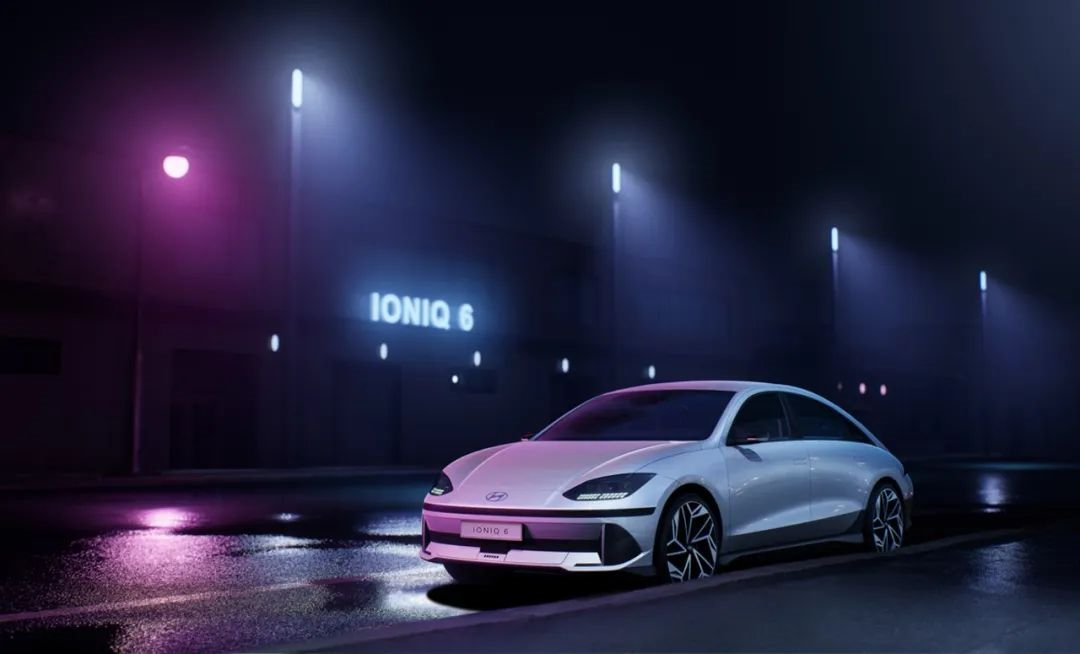
Finally
In IONIQ 6, we can see Hyundai’s thinking on electrification, whether it’s in terms of space or basic capabilities. At the same time, we are also looking forward to this product entering the Chinese market for sale as soon as possible. Of course, before entering China, as a global automaker, Hyundai also needs to consider how to make its products meet the needs of Chinese consumers for intelligence.
This article is a translation by ChatGPT of a Chinese report from 42HOW. If you have any questions about it, please email bd@42how.com.
